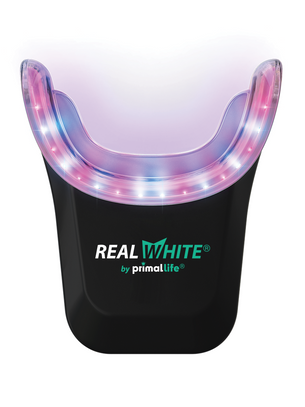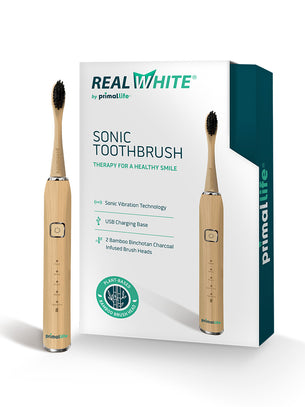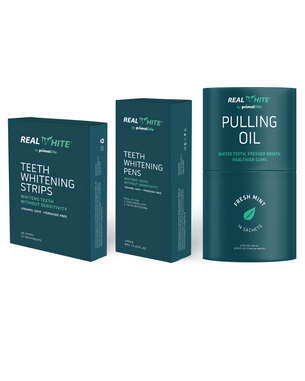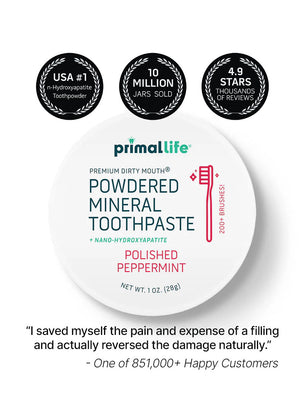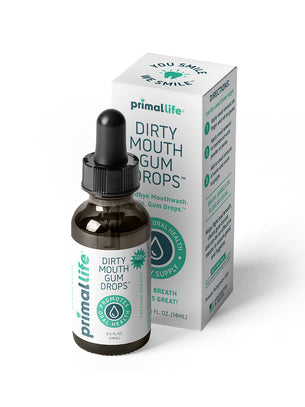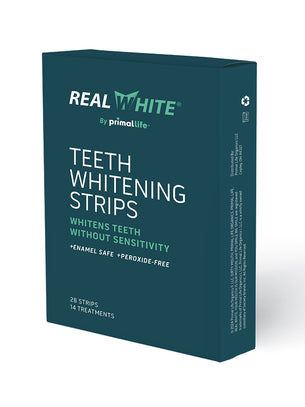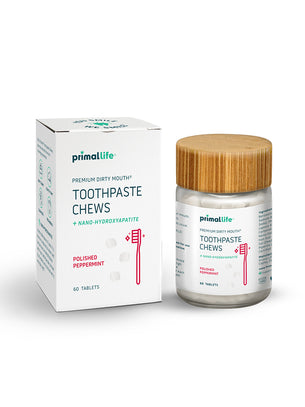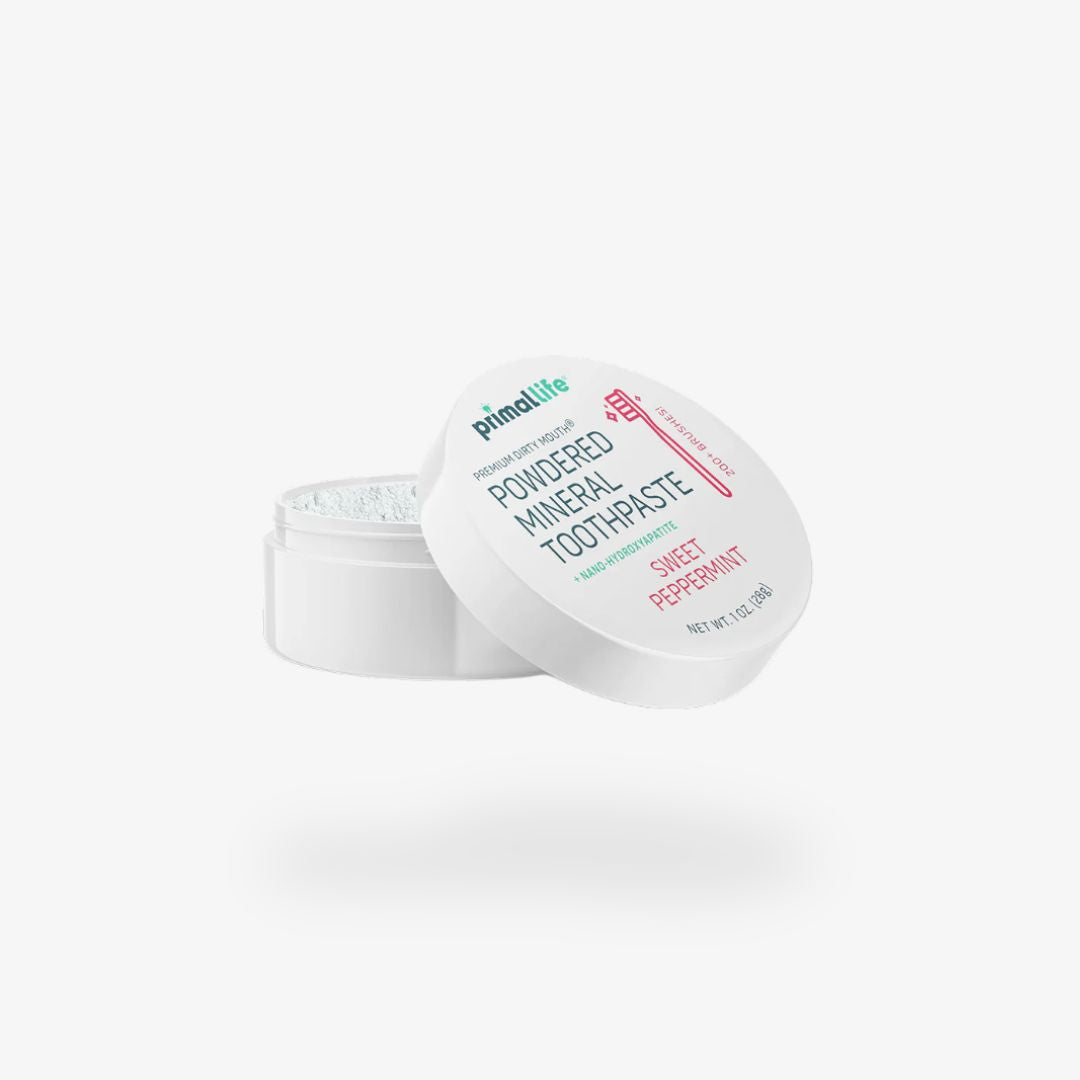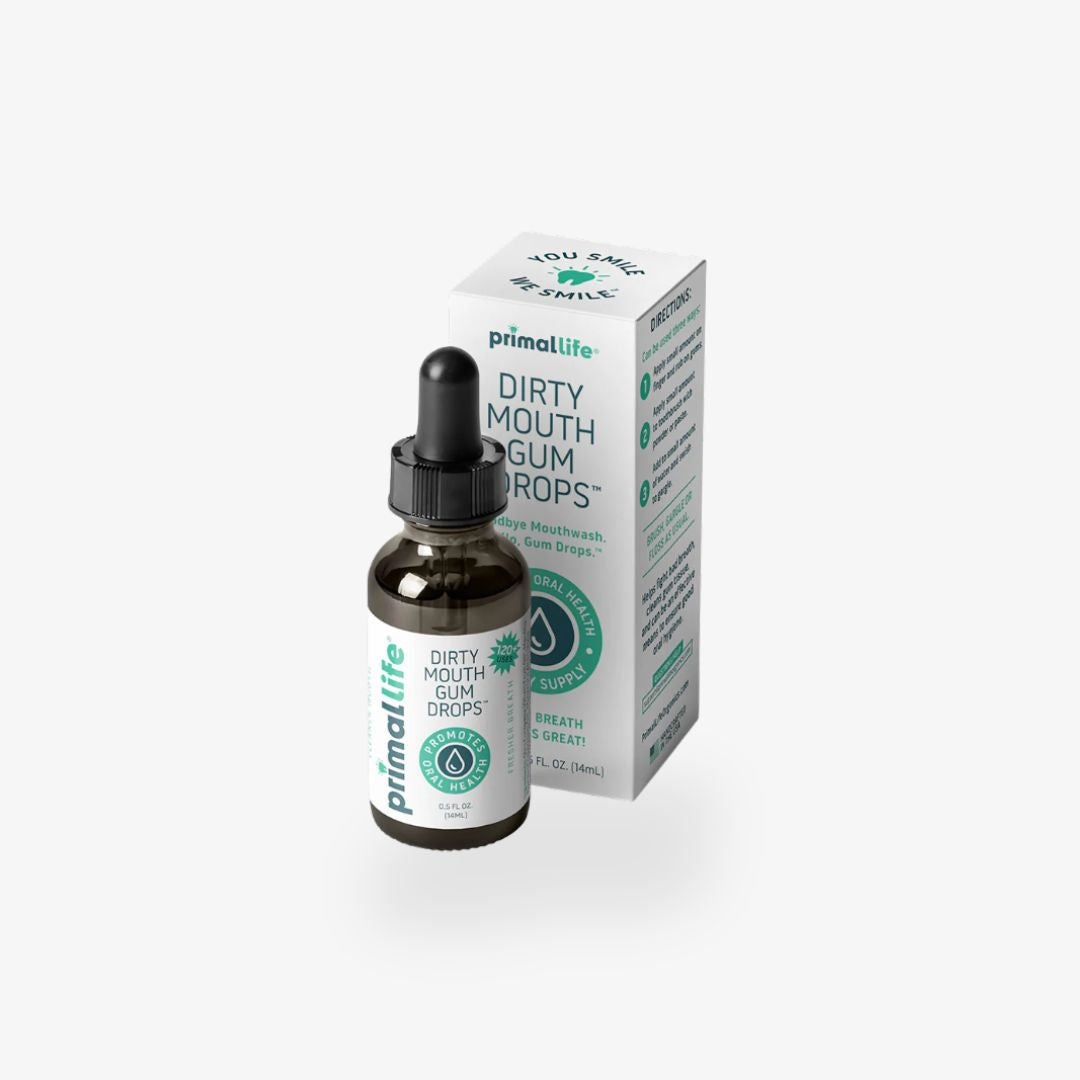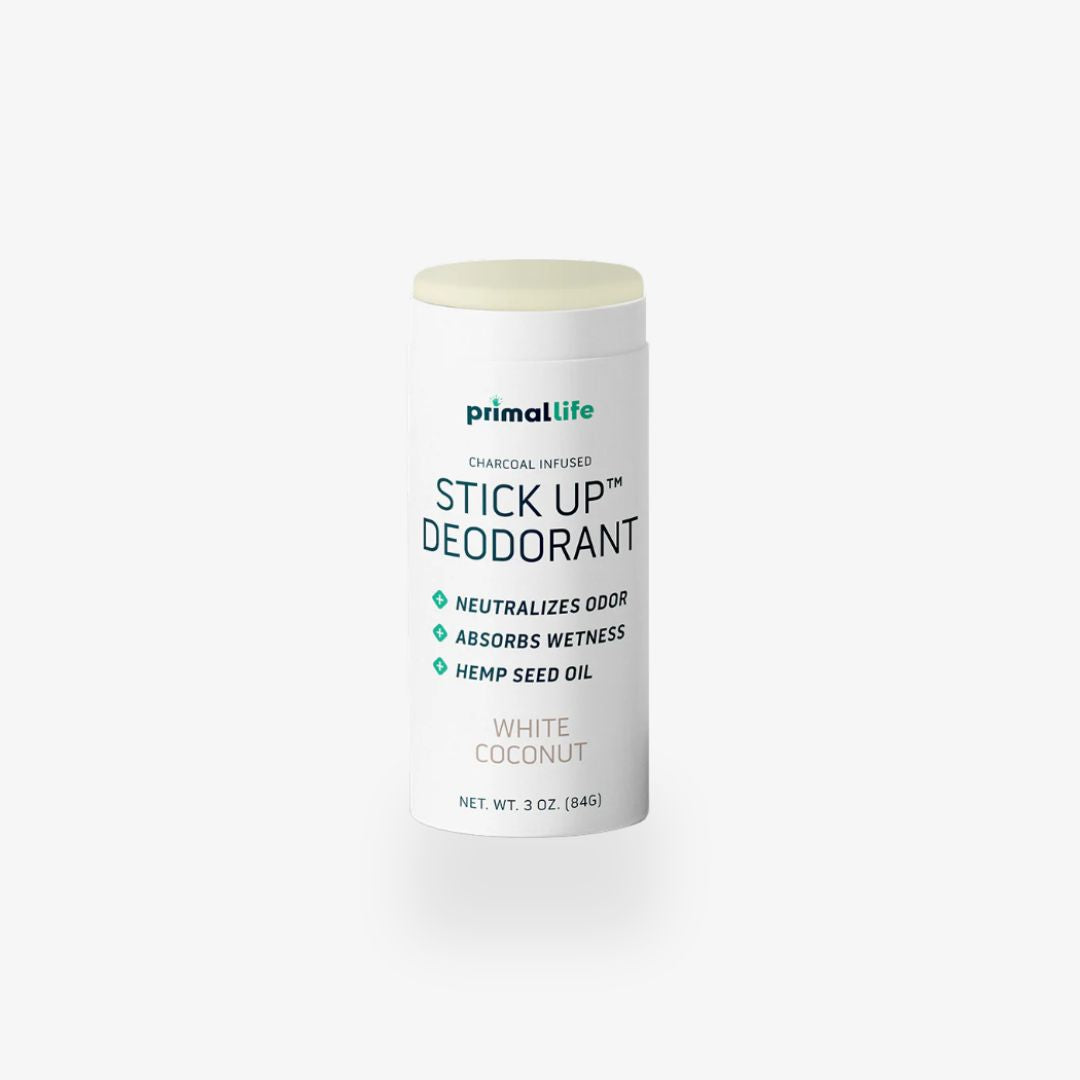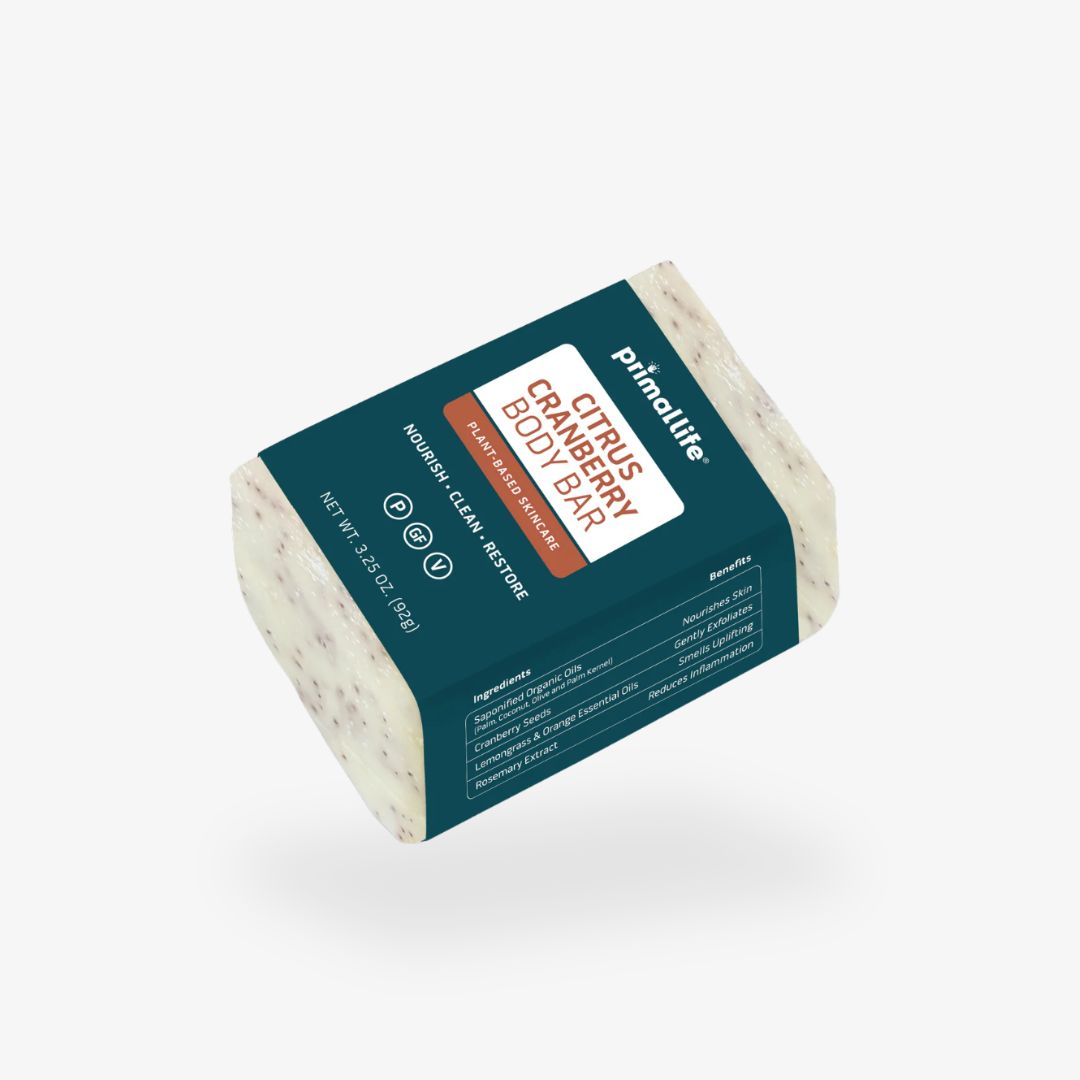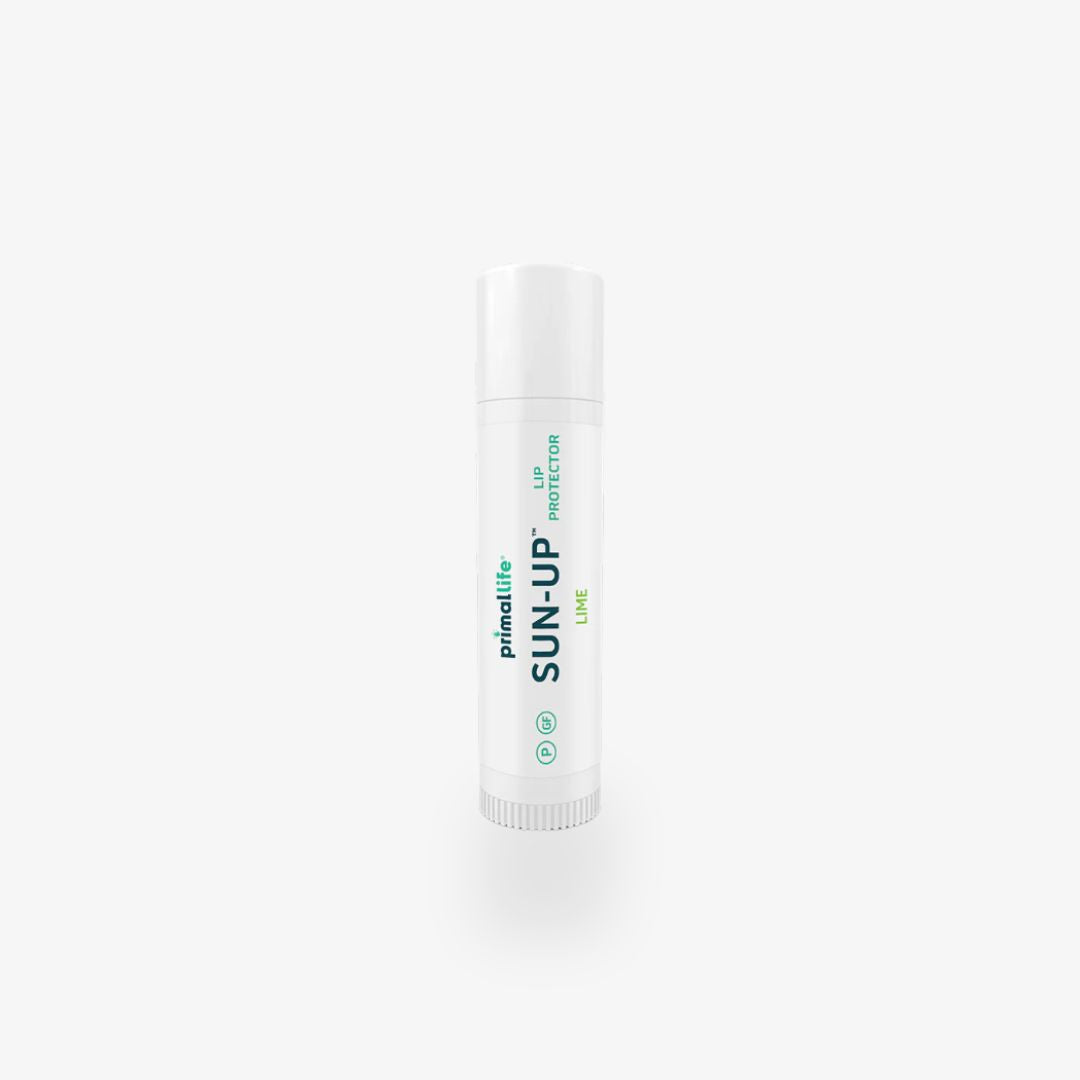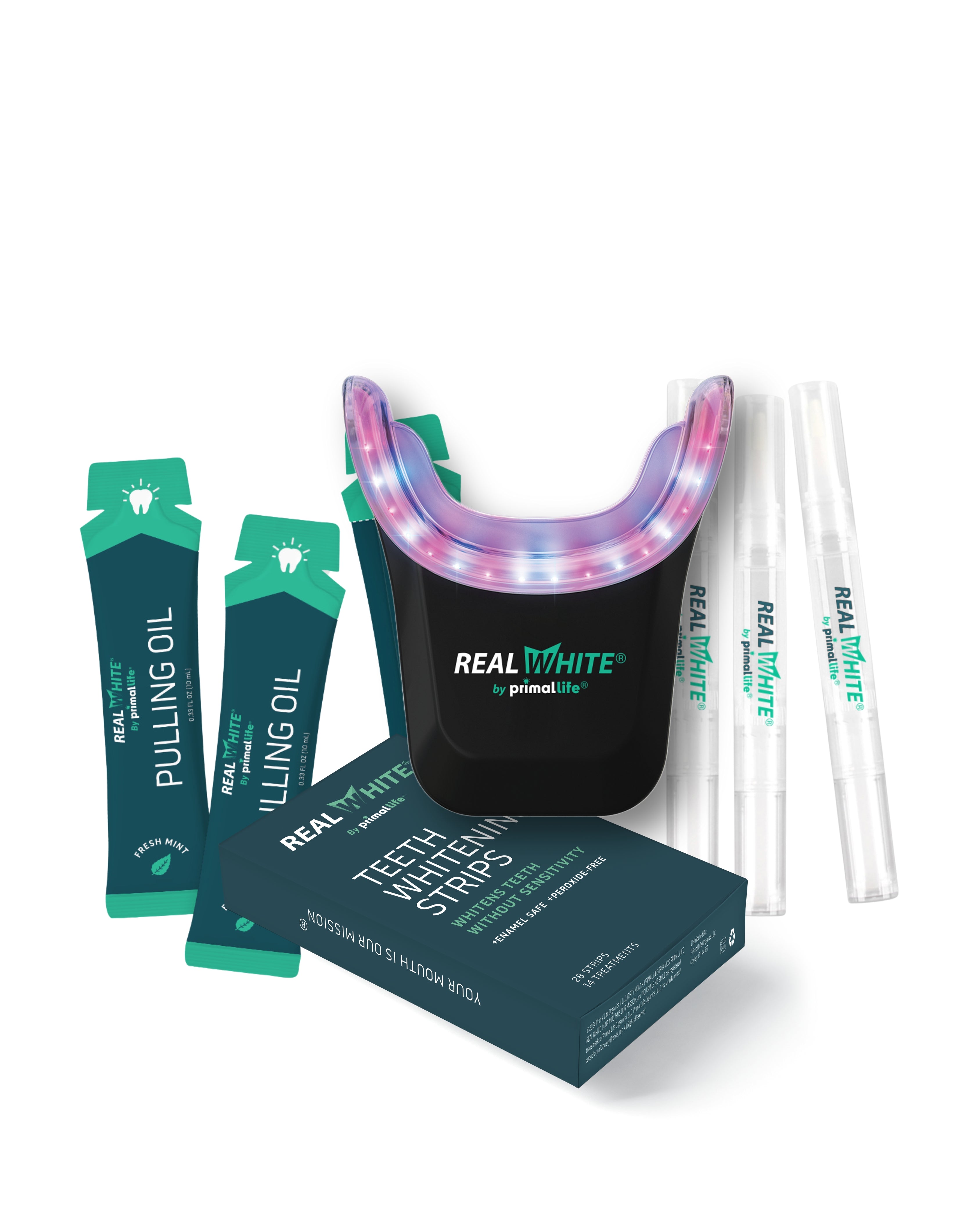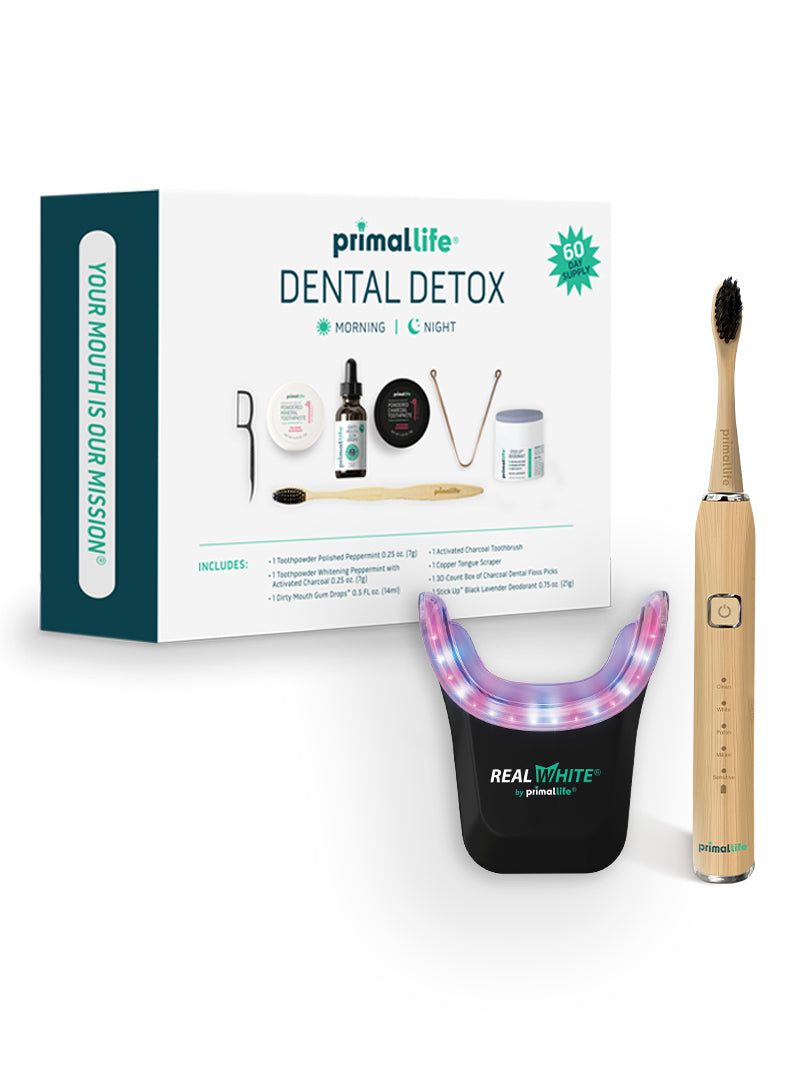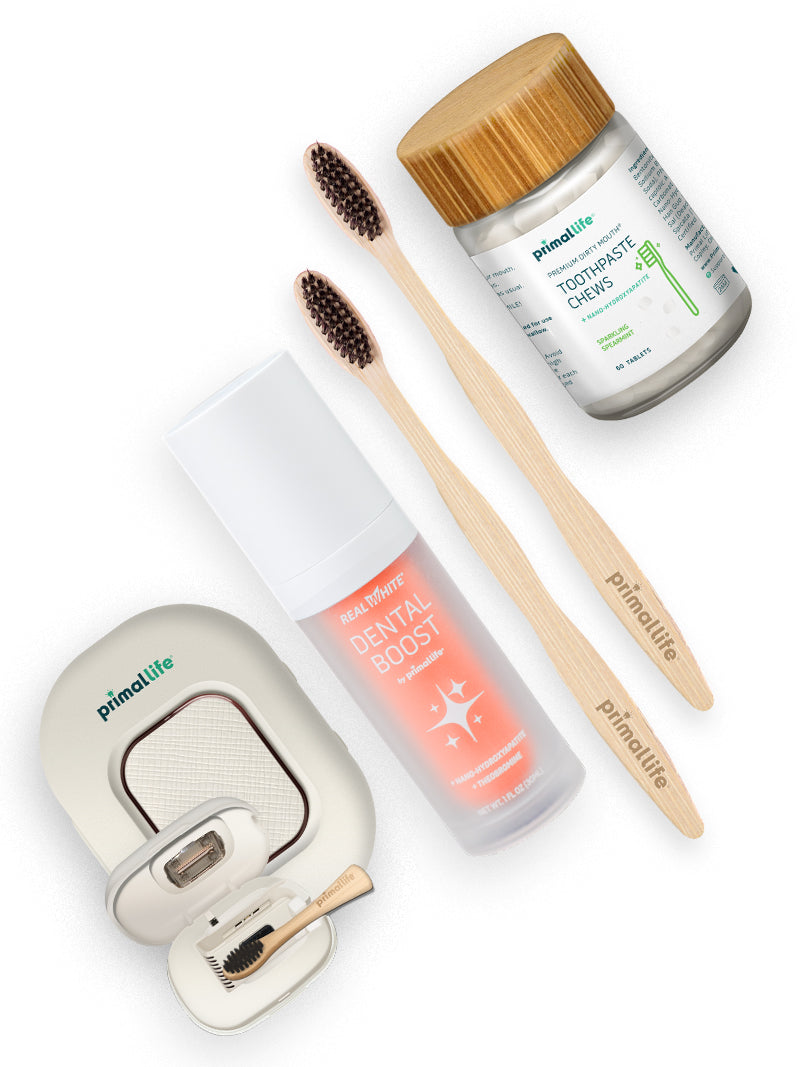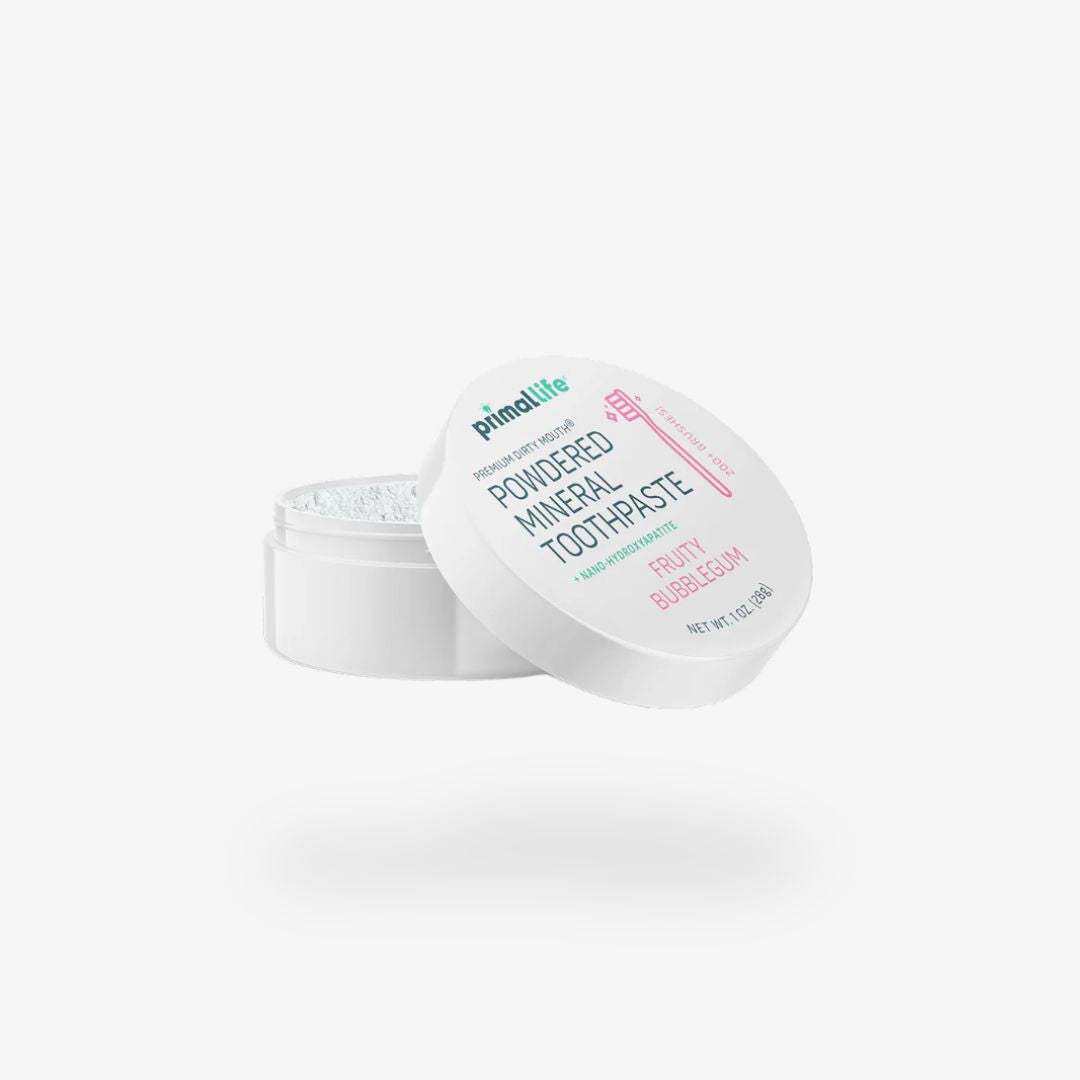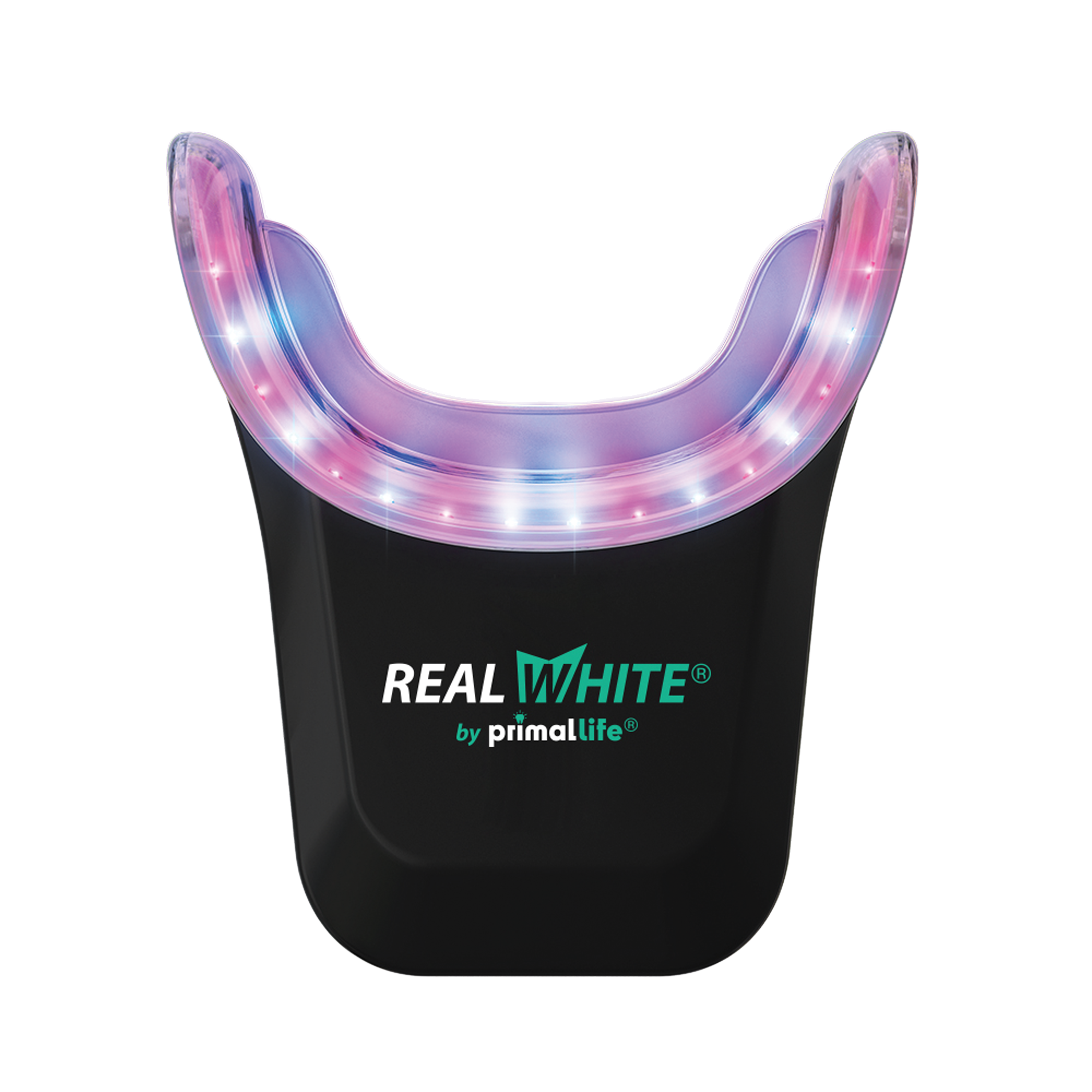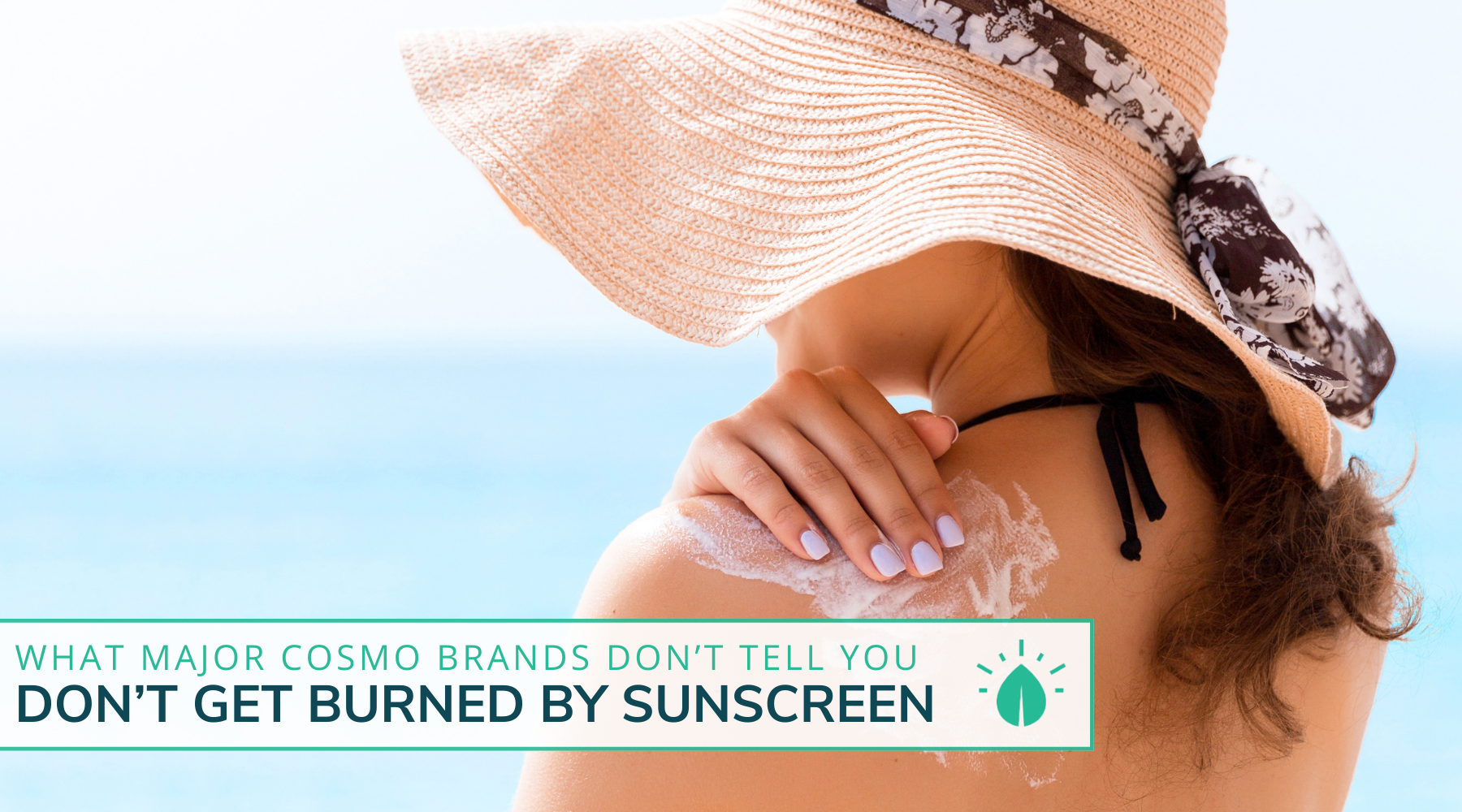Do you really know what’s in your sunscreen? In this blog we will uncover the truth behind sunscreen formulations, explore the various types available to consumers, the consequences of using a chemical sunscreen, and shed light on the environmental impact of chemical sunscreens.
Because it's not just humans who are affected by these harmful chemicals. Most sunscreens contain harmful chemicals that kill coral reefs and marine life, jeopardizing the delicate balance of our ocean ecosystems.
By making the switch to reef-safe sunscreen, you can play a vital role in protecting our oceans and preserving their vibrant biodiversity.
Join us as we dive deep into the realm of sunscreens, empowering you to make informed choices that prioritize both your health and the environment.
Sunscreen's Side Effects on the Environment
First, it is important to recognize that the terms “reef-friendly” and “reef-safe” are marketing tactics used by companies to make you ethically drawn to buying them. However, these terms are not legally regulated. So, just because the bottle is labeled “reef-friendly” or “reef-safe” does not mean that your sunscreen is harmless.
Before discussing why it is crucial to ensure that your sunscreen is legitimately reef-safe, it is also important to note why coral reefs are essential to the environment. Coral reefs support biodiversity in both the ocean and the air we breathe. Coral reefs are also homes for many organisms such as a variety of fish, sponges, oysters, clams, crabs, starfish, sea urchins, algae, and more. Not only do coral reefs serve as homes to a multitude of marine life, but they also purify the air we breathe by removing carbon dioxide from the atmosphere. Coral reefs even protect coastlines from storms and erosion. Can you see why it is so important to protect them?
This is where the importance of always reading the back of the label and knowing which ingredients to look out for comes in. By reading the back of the label, you are doing your part as a consumer to shop smart and sustainable!
The Difference Between Chemical And Mineral Sunscreen
There are two common types of sunscreens: chemical and mineral. Chemical sunscreen, which is more common, is designed to be absorbed by the skin and protects by absorbing UV rays, whereas mineral sunscreen is designed to sit on top of your skin and protects you by scattering and reflecting UV rays.
Several ingredients in chemical sunscreens contribute to coral bleaching. Roughly 14,000 tons of sunscreen are thought to wash into the ocean each year from swimming and showering. Chemical sunscreens contain nanoparticles that can damage coral’s reproductive and growth cycle. Major toxic effects from sunscreen chemicals found in developing coral include increased susceptibility to bleaching, DNA damage, abnormal skeleton growth, and deformities of baby coral.
Now you may be wondering, how do I know if my sunscreen is actually reef-safe or mineral sunscreen? It’s simple! Start by flipping over the bottle and reading the ingredients. If your sunscreen contains any of the following ingredients, it is not reef-safe and is most likely a chemical sunscreen. This list includes the following:
- Oxybenzone
- Octinoxate
- Octocrylene
- Octisalate
- Avobenzone
- Homosalate
- 4-methylbenzylidene camphor
- PABA
- Parabens
- Triclosan
- Any nanoparticles or “nano-sized” zinc or titanium (if it doesn’t explicitly say “micro-sized” or “non-nano” and it can rub in, it’s probably nano-sized)
-
Any form of microplastic, such as “exfoliating beads”
Several of the chemicals listed above also pose a threat to your health. So, if you’re not paying attention to your sunscreen’s ingredients for the sake of the environment, it is essential to pay attention to these ingredients for the sake of your skin’s health!
Sunscreen's Effect on Your Skin's Health
In 2019 the Federal Food and Drug Association, found that only two ingredients, zinc oxide and titanium dioxide, could be classified as safe and effective, based on the currently available information.
In addition to the harmful effects on coral reefs and marine life, ingredients like oxybenzone, octinoxate, octocrylene, and avobenzone found in chemical sunscreens have also been linked to adverse health effects in humans. These chemicals, despite being prevalent in many sunscreens, have raised concerns due to their potential to penetrate the skin, disrupt hormone balance, and trigger allergic reactions.
Furthermore, emerging research suggests that certain sunscreen chemicals, including homosalate and parabens, may have endocrine-disrupting properties, posing additional risks to human health. Considering the FDA's cautionary stance on the safety and efficacy of these ingredients, it's essential for consumers to prioritize sunscreens formulated with safer alternatives.
By scrutinizing sunscreen labels and avoiding products containing harmful chemicals, individuals can safeguard both their skin health and the delicate balance of marine ecosystems. Making informed choices about sunscreen usage is crucial for promoting personal well-being and environmental sustainability.
A Holistic Approach to Sun Protection: Eating Your Sunscreen
In our quest for comprehensive sun protection, it's essential to understand that safeguarding your skin extends beyond just applying topical products. While these products have been valuable in reducing sun damage, relying solely on them may not provide adequate protection against the harmful effects of UV light exposure.
Recognizing this need for enhanced skin protection, researchers have delved into the study of ingredients commonly found in the foods we consume. These ingredients are being utilized both topically and systemically, ushering in a new era of sun protection—where nourishing your skin from within is as crucial as shielding it externally. This concept of "eating your sunscreen" underscores the profound impact that dietary choices can have on your skin's resilience against UV-induced damage.
At Primal Life Organics, we champion this holistic approach to sun care by integrating skin-loving nutrients into our skincare formulations. Crafted from natural sources like red raspberry seed oil, coconut oil, avocado oil, and carrot seed oil, our products provide effective protection against harmful UV rays while nourishing your skin without harmful chemicals.
By incorporating these nutrient-rich ingredients into our formulations, our natural sun protection products not only create a barrier against UV rays but also nourish your skin from the outside in. This dual approach ensures that your skin receives comprehensive protection and nourishment, promoting healthier, radiant skin from all angles.
Moreover, we prioritize the use of safe, non-toxic ingredients in all our formulations, recognizing that what you apply to your skin is just as important as what you ingest. By opting for natural sun protection options free from harmful chemicals, you can ensure that your skin receives the care it deserves without compromising your health or the environment.
Make the Switch to Natural Sun Protection
Ready to transition to safer, more environmentally-friendly sun protection options?
At Primal Life Organics, we offer a wide range of Sun Protection products designed to shield your skin from harmful UV rays while also preserving marine ecosystems. Our products are crafted with natural ingredients that are gentle on your skin and the planet.
Our Sun Protection line includes Sun-Up (available in Spray, Stick, or Tin), Sun-Up Lip Protector, Lickity Split Elixir, and Sun-Down (After Sun) moisturizer.
Ready to make the switch to natural sun protection? Explore our collection today and experience the difference for yourself!
References:
https://www.ewg.org/sunscreen/report/the-trouble-with-sunscreen-chemicals/
https://www.madesafe.org/education/whats-in-that/sunscreen/
https://www.ncbi.nlm.nih.gov/pmc/articles/PMC7004163/
https://pubs.acs.org/doi/pdf/10.1021/ed074p51
https://www.ncbi.nlm.nih.gov/pmc/articles/PMC5615097/
https://www.ncbi.nlm.nih.gov/pmc/articles/PMC7648445/
Read more
Personalize your gut healing with Oh, Sh*t! What you really need is a more personalized plan that feels natural to your body's specific needs – one that you wake up and choose every morning with j...
Healthy eating isn't only a choice, it's a lifestyle. When I say I know how tough it can be to commit and transform your life for the better, I mean it. You go grocery shopping and the bakery secti...
